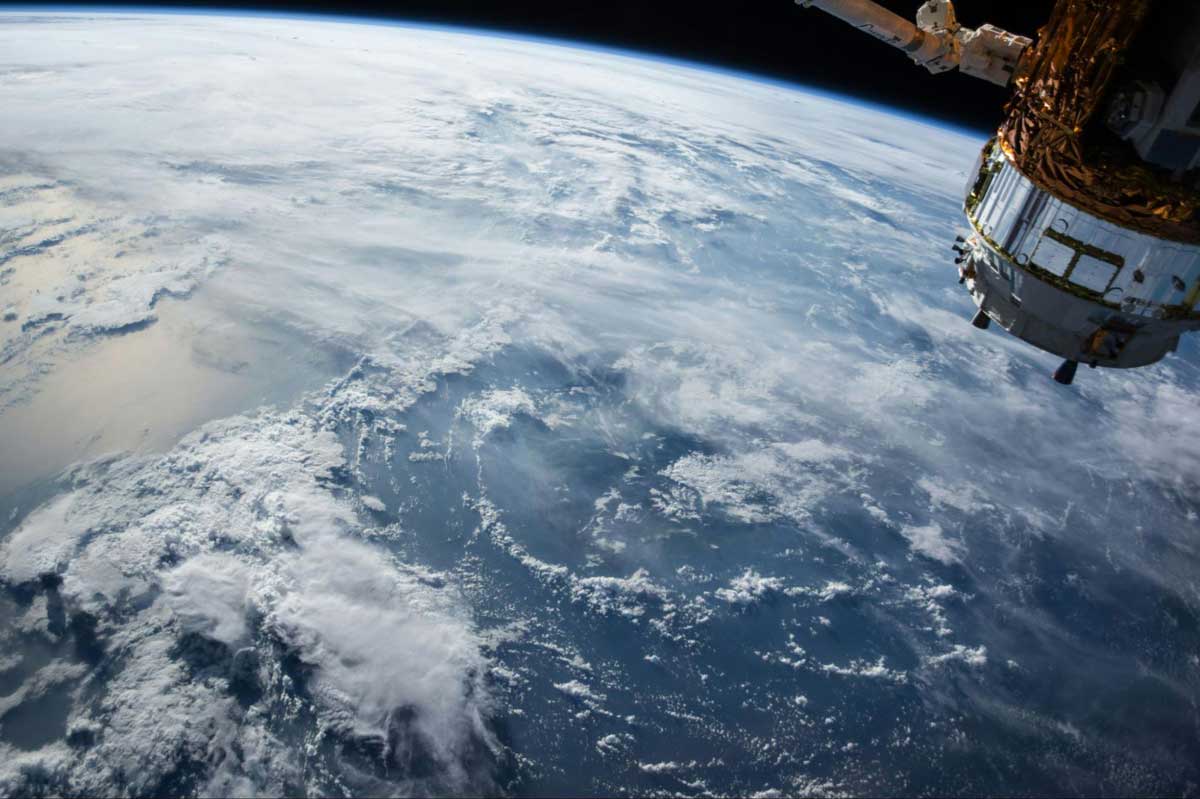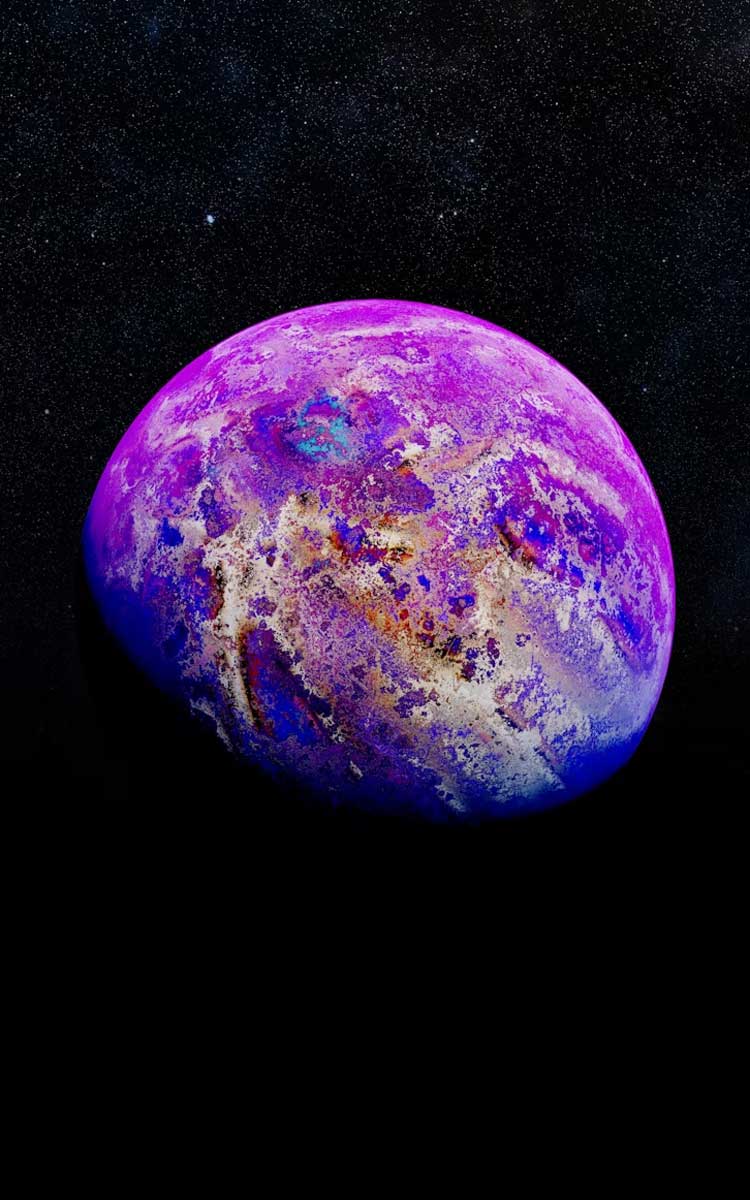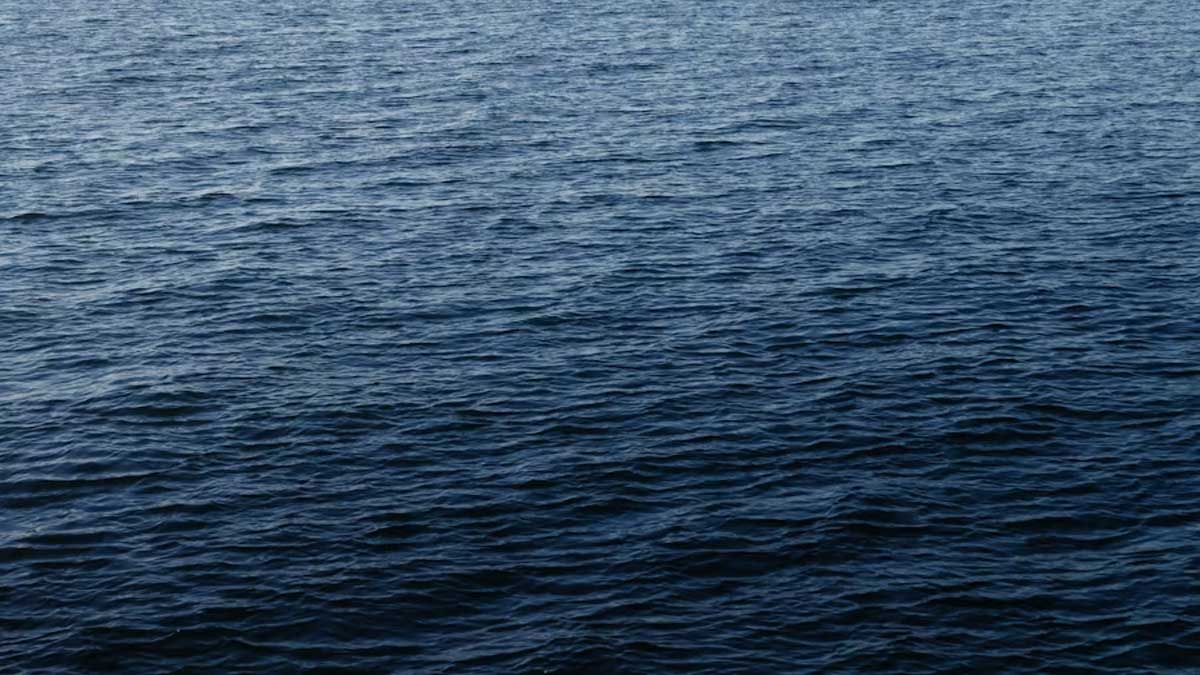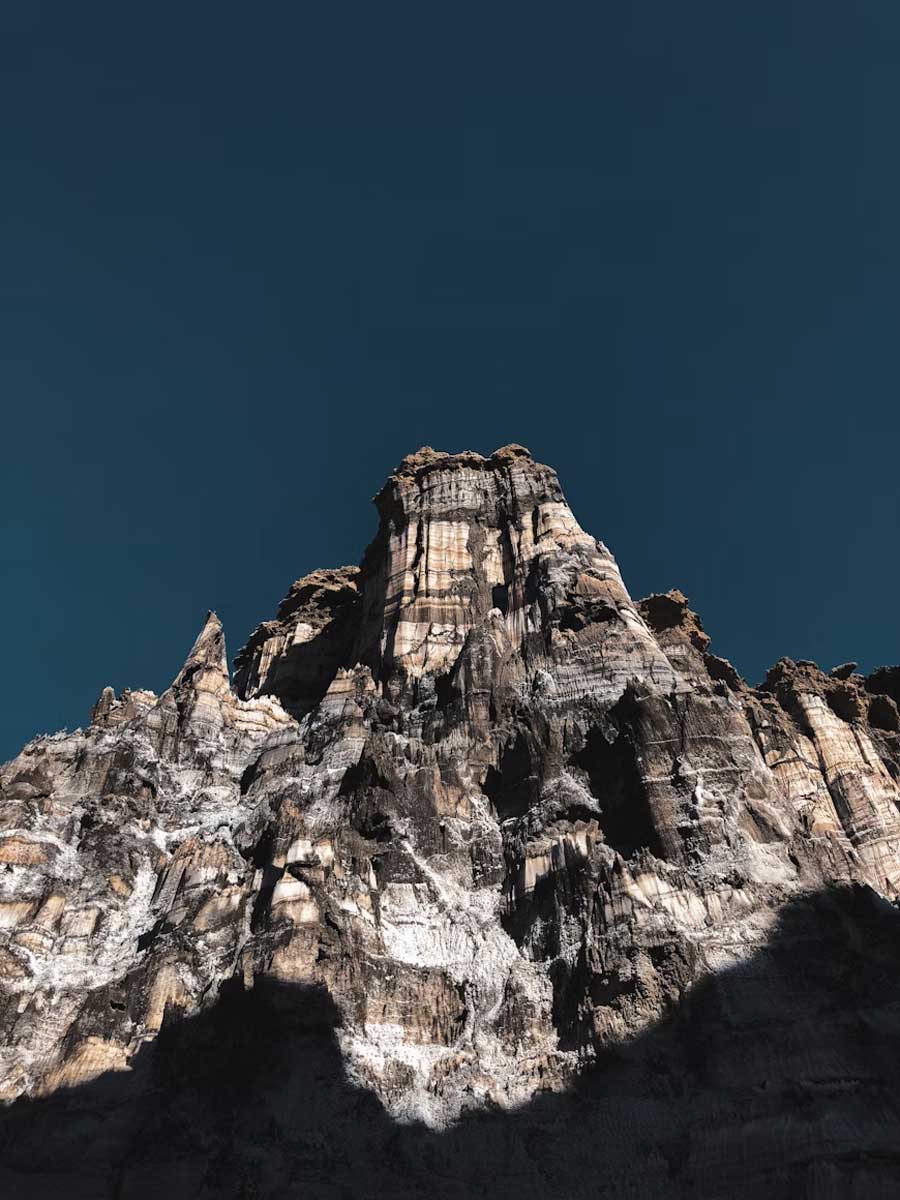Your browser window currently does not have enough height, or is zoomed in too far to view our website content correctly. Once the window reaches the minimum required height or zoom percentage, the content will display automatically.
Alternatively, you can learn more via the links below.

There is a theory that Earth, including everything that makes it up, is one living organism.
This is known as the “Gaia Theory” and was popularised by a British scientist, James Lovelock.
If you think of the human body as composed of many millions of different living parts but all working as ONE body, the theory is that everything that goes to make up Earth (minerals, air, water, plants, animals etc) all work together as one huge interdependent living thing!
And like a living thing it heals itself (after earthquakes and diseases etc) like sores in the body heal… interesting theory!!

Today, Earth looks blue and green – with oceans, forests and plants. But, billions of years ago, Earth may have looked purple!
Back then, there were no plants. Instead, tiny life forms called microbes lived in the oceans. Some scientists think these early microbes used a purple chemical called retinal to get energy from sunlight.
Retinal reflects red and blue light, which mix to look purple. So, if lots of these microbes lived in the oceans, Earth may have looked purple from space!
Later, new microbes appeared that used chlorophyll – the green chemical plants use today. Chlorophyll works better than retinal, so green microbes took over. That’s when Earth began to look like it does now – blue and green.
This idea is still being studied, but it shows how even tiny life can change a whole planet!

Earth has lots of water now – oceans, lakes and rain. But 4.5 billion years ago, Earth was hot and dry. So where did all the water come from?
Scientists have two main ideas:
Most scientists think both ideas are true: Some water came from inside Earth, and some came from space.
Fun fact: Water has also been found on the Moon, Mars and even some asteroids!

Yes – in southern Iran, there’s a huge mountain made of salt! It’s called a salt dome.
Here’s how it formed:
Millions of years ago, this area was covered by the ocean. When the ocean dried up, it left thick layers of salt. Over time, rock and dirt pressed down on the salt.
Salt is softer and lighter than most rocks. So, instead of staying flat underground, the salt slowly pushed upward – like toothpaste from a tube! That created a dome-shaped mountain under the ground. In some places, the salt even breaks through the surface.
One of the most famous salt domes is in the Zagros Mountains in Iran. It’s so big, you can see it from space! Some of the salt even moves slowly like a glacier.
Salt domes are not just cool – they help scientists learn about Earth’s history. Sometimes they even trap oil and gas, which people use for energy.
Amazing, right? All that from simple salt!
There is a theory that Earth, including everything that makes it up, is one living organism.
This is known as the “Gaia Theory” and was popularised by a British scientist, James Lovelock.
If you think of the human body as composed of many millions of different living parts but all working as ONE body, the theory is that everything that goes to make up Earth (minerals, air, water, plants, animals etc) all work together as one huge interdependent living thing!
And like a living thing it heals itself (after earthquakes and diseases etc) like sores in the body heal… interesting theory!!

Today, Earth looks blue and green – with oceans, forests and plants. But, billions of years ago, Earth may have looked purple!
Back then, there were no plants. Instead, tiny life forms called microbes lived in the oceans. Some scientists think these early microbes used a purple chemical called retinal to get energy from sunlight.
Retinal reflects red and blue light, which mix to look purple. So, if lots of these microbes lived in the oceans, Earth may have looked purple from space!
Later, new microbes appeared that used chlorophyll – the green chemical plants use today. Chlorophyll works better than retinal, so green microbes took over. That’s when Earth began to look like it does now – blue and green.
This idea is still being studied, but it shows how even tiny life can change a whole planet!

Earth has lots of water now – oceans, lakes and rain. But 4.5 billion years ago, Earth was hot and dry. So where did all the water come from?
Scientists have two main ideas:
Most scientists think both ideas are true: Some water came from inside Earth, and some came from space.
Fun fact: Water has also been found on the Moon, Mars and even some asteroids!

Yes – in southern Iran, there’s a huge mountain made of salt! It’s called a salt dome.
Here’s how it formed:
Millions of years ago, this area was covered by the ocean. When the ocean dried up, it left thick layers of salt. Over time, rock and dirt pressed down on the salt.
Salt is softer and lighter than most rocks. So, instead of staying flat underground, the salt slowly pushed upward – like toothpaste from a tube! That created a dome-shaped mountain under the ground. In some places, the salt even breaks through the surface.
One of the most famous salt domes is in the Zagros Mountains in Iran. It’s so big, you can see it from space! Some of the salt even moves slowly like a glacier.
Salt domes are not just cool – they help scientists learn about Earth’s history. Sometimes they even trap oil and gas, which people use for energy.
Amazing, right? All that from simple salt!
Criminology is more than just the study of crime; it's about understanding the system that controls crime, how it works, who it benefits, and why it sometimes goes wrong.
If you’ve experienced gardening, you’re likely well acquainted with the mental health benefits of getting your hands dirty.
In this series, we showed that arguments are attempts to persuade people to act or believe something. The strongest arguments are sound arguments.
Tokyo now has fifty per cent more inhabitants than the entirety of Australia, and there are more seventeen year-olds in India than there are people in Australia.
Help keep the momentum going. All donations will be vital in providing an essential resource for people in prison and their loved ones.
All donations of $2 or more are tax deductible. If you would like to pay directly into our bank account to avoid the processing fee, please contact donate@abouttime.org.au. ABN 67 667 331 106.
Help us get About Time off the ground. All donations are tax deductible and will be vital in providing an essential resource for people in prison and their loved ones.
Leave a Comment
Lorem ipsum dolor sit amet, consectetur adipiscing elit. Suspendisse varius enim in eros elementum tristique. Duis cursus, mi quis viverra ornare, eros dolor interdum nulla, ut commodo diam libero vitae erat. Aenean faucibus nibh et justo cursus id rutrum lorem imperdiet. Nunc ut sem vitae risus tristique posuere. uis cursus, mi quis viverra ornare, eros dolor interdum nulla, ut commodo diam libero vitae erat. Aenean faucibus nibh et justo cursus id rutrum lorem imperdiet. Nunc ut sem vitae risus tristique posuere.